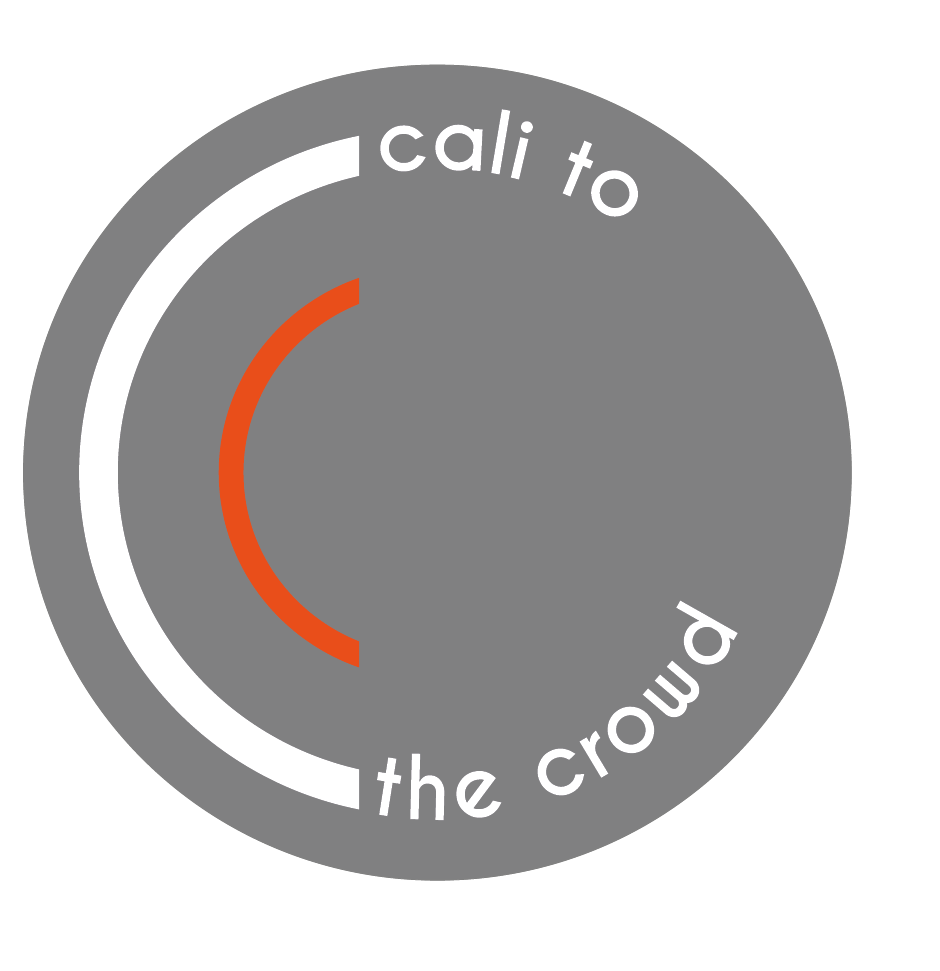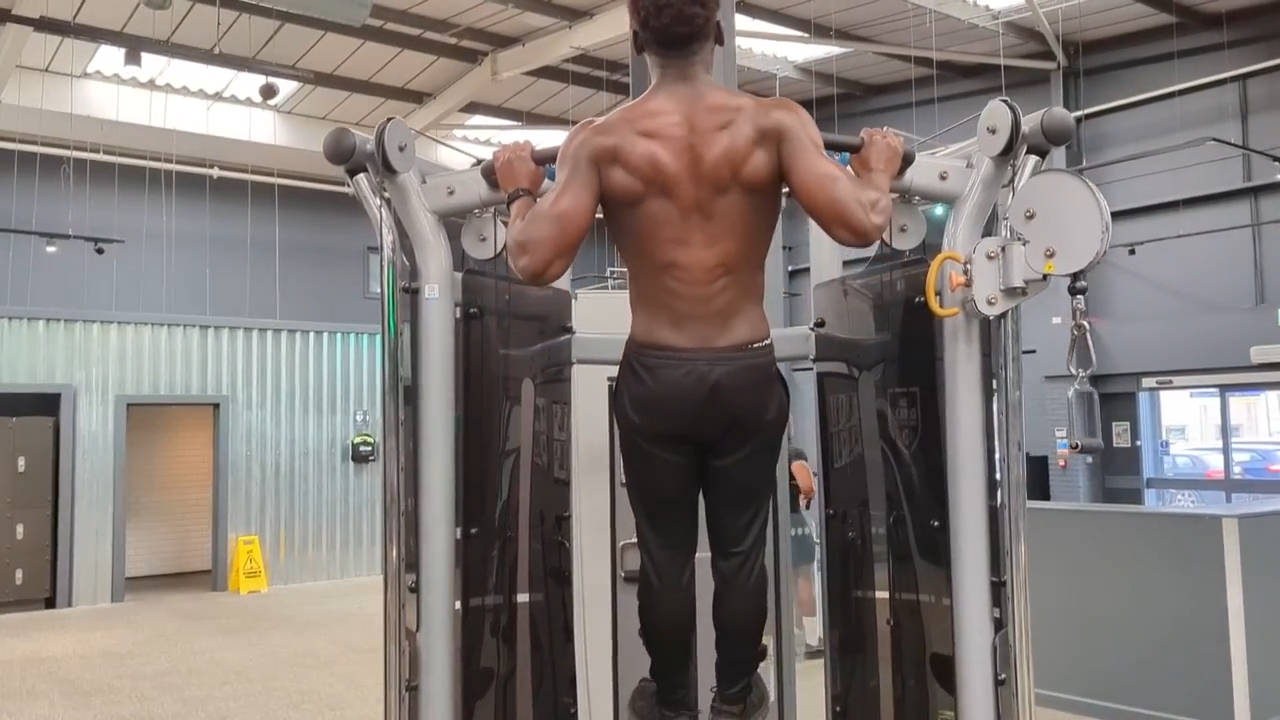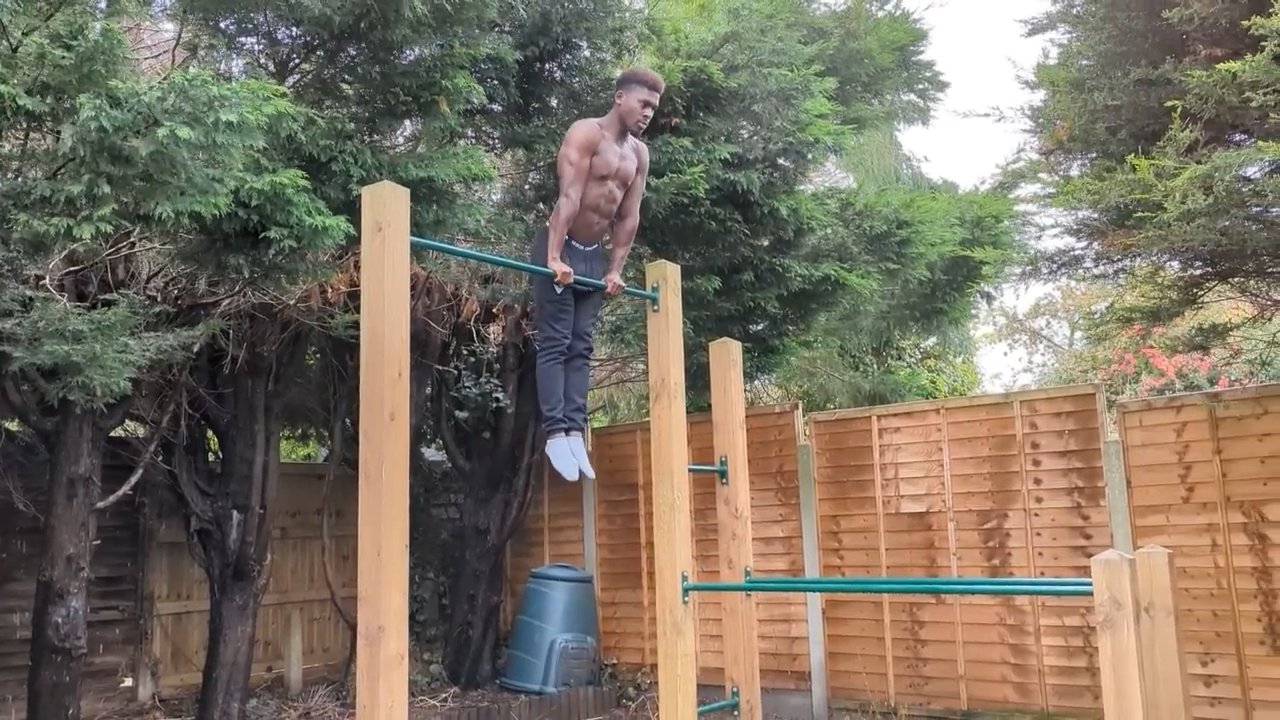Pull Ups Grip Explained
”If you can only feel Pull Ups in your arms, then your back isn’t pulling its weight… literally”
Overhand and pronated in a pull up grip, underhand and supinated in a chin up grip, or somewhere in between.
Understanding what grip to use based on a balanced view of what muscles we want to work, what skills we want to learn and just generally what we enjoy doing can leave us with a real conundrum, so today we’ll be going through the pros and cons of each, but first let’s go through what muscles are worked because contrary to popular belief, if you use any of the grips we discuss today, you will build muscle and strength in the biceps lats, traps and delts.
All of these are the main drivers of any movement that involves downward rotation and extension at the shoulder.
That being said, understanding what other muscles are being worked can better explain why changing grip can drastically affect our performance
Muscle Worked in the Chin Up Grip?
In the chin up grip, the most obvious notable change is the increased bicep activation.
One of the roles of the biceps is rotation at the forearm, so turning the wrists out in a supinated grip will allow us to get a deeper contraction in this muscle. And because the biceps are capable of incredible force output this can help a lot with the chin up movement, but this alone isn’t what makes chin ups more accessible.
Many believe this bicep activation is the sole reason why chin ups feel easier than pull ups. The fact though, is that the largest driver of all these pull up variations is the lats, and they are stronger at driving shoulder extension than they are arm adduction. And so chin ups being more focused on this extension allow the biggest muscle at play to work the way it wants to.
Muscles Worked in the Pull Up Grip
In the pull up grip we shift focus from the biceps to the brachioradialis, and right off the bat we can see that this is a far smaller muscle than the wee biceps we’ve just been speaking about.
Bigger muscles generally produce more force, and as an elbow flexor, the brachoradialis only plays a minor role compared to the biceps
Pull ups tend to better engage the muscles in the upper back though.
We’ve probably all heard of this cue in pull ups: ‘to put your elbows in your back pocket’ and the rear delts, traps, rhomboids all fire up when this is followed.
Muscles Worked in Neutral Grip Pull Ups
In the neutral grip we have the best balance across the two extremes.
We get the bicep activation from having the arms slight supinated, but not so much that the brachioradialis no longer plays an assistance role.
So anatomy lesson over, what are the pros and cons of each grip type, and how do we rate them?
Let's be positive, and start with the pros…
Chin Ups benefits
The good thing about chin ups is that you actually end up with a deeper eccentric stretch on the lats because by pulling the arms in front of us like this, the lats, which insert at the humerus, the upper arm, are taken further away from their point of origin.
All things kept equal, we know that a bigger stretch on a muscle will elicit a better growth response, so it’s no wonder why people typically ‘feel’ the lats more in a chin up as opposed to a pull up
With the hands slightly more in front of us, we also gain a mechanical advantage for pulling out of that bottom position compared to the pronated grip of the pull up.
The internally rotated shoulder position of the chin up, as we mentioned earlier, also leads to better leverage of the lats in shoulder extension and the biceps in elbow flexion.
Basically Chin ups not only activate far more of the larger drivers across the board, but because of this, it makes the movement more intuitive for a beginner and easier to feel the muscles being worked.
Benefits of Pull Ups
The biggest one is that pull ups have a far higher ceiling.
With pull ups, not only is adding weight far more sustainable, but we can use the pull up as a springboard for so many calisthenics skills (Muscle Ups, Front Lever etc.)
More to the point is that generally, if you work on your pull ups, your chin ups will improve - something that isn’t always the same the other way around. And - this probably shouldn’t be vocalised, but I’ll put it in here anyways:
Pull ups just have that aura factor.
Clean pull ups just seem like such a ‘wow’ exercise, and no matter what sort of athlete you are at whatever stage of fitness you are, a clean pull up can make you feel amazing, and ultimately, isn’t that why we do this?
When it comes to the neutral grip, the biggest advantage is that the balance of stress across all the muscles involved means that we don’t see as many issues with neutral grip practitioners as we do with those who smash out supinated or pronated grips.
Downsides of Chin Ups
The biggest downside of the chin up is that a fixed bar forces the elbow to extend and flex while having rotational forces acting upon it, and if you do not have the mobility to do this under load, then your wrists and elbows will not be able to rotate in line with these sheering forces which can developing into overuse injuries
Now we can argue that a remedy to this is the use of rings, which have the give that would stop our wrists and elbows being locked in.
However it takes more discipline to ensure that the chin ups remain as chin ups, and don’t just become ring pull ups where we rotate our hand position throughout the rep, and lose some of the chin up benefits we mentioned earlier.
Downsides of Pull Ups
There are a few downsides for pull ups, but they all centre around their lack of accessibility, really.
As far as movements go, pull ups are taxing, can be hard to get our head around. The require a whole journey just to be able to become competent in performing one rep, and even after all this, many struggle to feel pull ups in the right muscles!
Because a far larger demand is being placed on far smaller muscles, it will take a lot more work to be able to perform pull ups, - and so there is the reason why so many simply prefer to just do lat pull downs.
The neutral grip pull up’s downsides are as balanced as its name.
In fact it’s biggest drawback is that is that it really is a jack of all trades, master of none type movement.
Now if that’s your goal and you just want to be able to perform one vertical pulling exercise then this isn’t a problem, neutral grip - there you go. But if you do have wider goals with your pull ups, be it building muscle or developing skills then the neutral grip is neither here nor there in the long term.
Also where both the chin up and pull up grips require just a straight bar, a peice of equipment common in most gyms.The neutral grip requires parallel bars which are not only harder to find, but you’re often at the mercy of the width that the manufacturer has chosen
Which Pull Up Grip Should You Use?
So with all this in mind, what should we do?
Short answer? Well, whichever you want.
Want to get just unlock a new overhead pulling movement fast, then chin u up and neutral grips are your friend.
Have a focus on skill specificity? Then perhaps lean more towards pull ups.
Whichever you choose, do it for you, and for good measure allow your other pulling movements to balance out anything you may be missing from only choosing one grip type.
So for example if you only do chin ups, consider doing pronated rows with a focus on scapula retraction.
If you only do pull ups, throw in some bicep curls to better balance the books with the larger muscles in the arms













